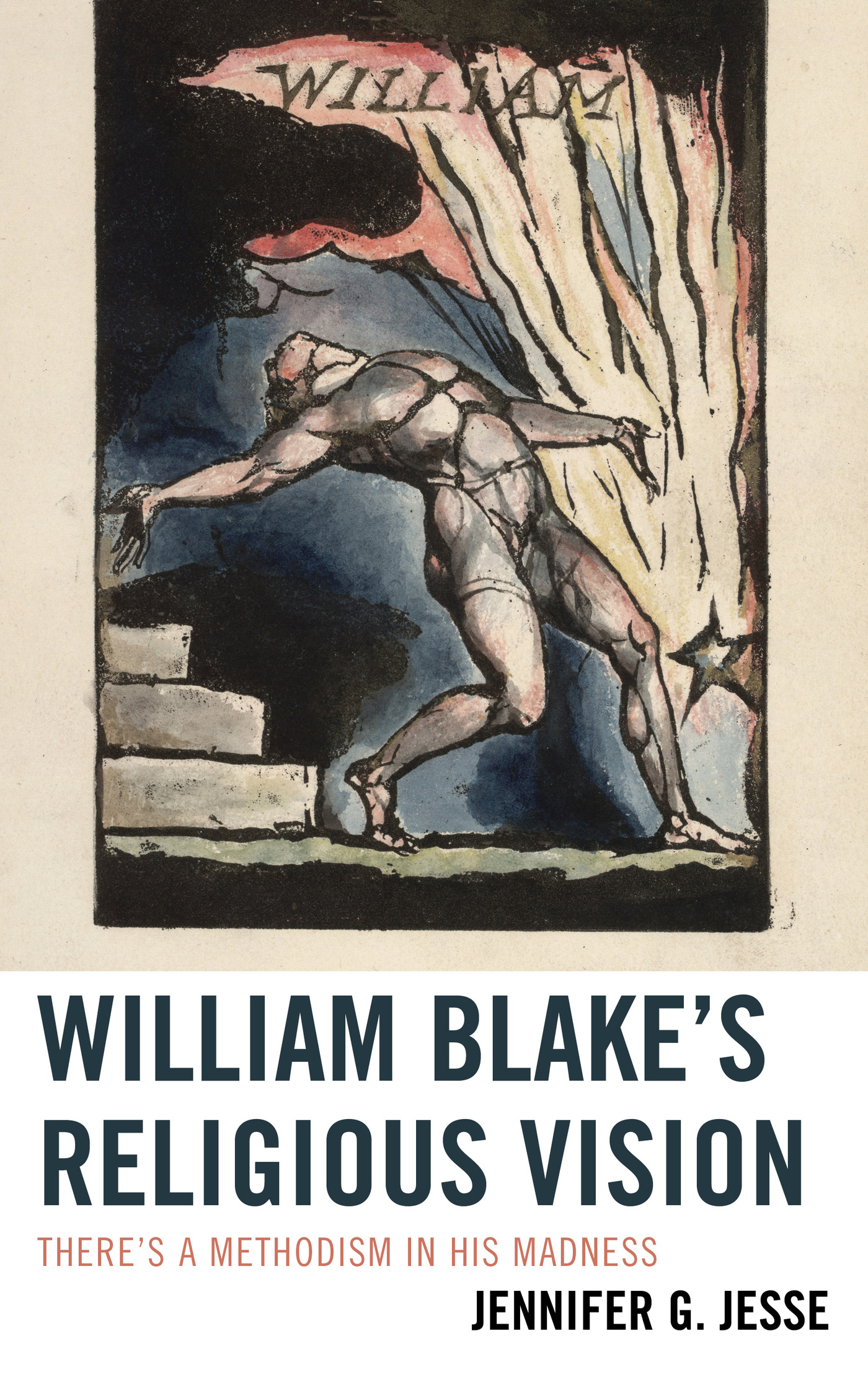William Blakes Religious Vision
William Blakes Religious Vision
Theres a Methodism in His Madness
Jennifer G. Jesse
LEXINGTON BOOKS
Lanham Boulder New York Toronto Plymouth, UK
Published by Lexington Books
A wholly owned subsidiary of The Rowman & Littlefield Publishing Group, Inc.
4501 Forbes Boulevard, Suite 200, Lanham, Maryland 20706
www.rowman.com
10 Thornbury Road, Plymouth PL6 7PP, United Kingdom
Copyright 2013 by Lexington Books
All rights reserved. No part of this book may be reproduced in any form or by any electronic or mechanical means, including information storage and retrieval systems, without written permission from the publisher, except by a reviewer who may quote passages in a review.
British Library Cataloguing in Publication Information Available
Library of Congress Cataloging-in-Publication Data
Jesse, Jennifer G.
William Blake's religious vision : there's a methodism in his madness / Jennifer G. Jesse.
p. cm.
Includes bibliographical references and index.
ISBN 978-0-7391-7790-7 (cloth : alk. paper) -- ISBN 978-0-7391-7791-4 (electronic)
1. Blake, William, 1757-1827--Criticism and interpretation. 2. Blake, William, 1757-1827--Religion. I. Title.
PR4148.R4J47 2012
821'.7--dc23
2012038438
 The paper used in this publication meets the minimum requirements of American National Standard for Information Sciences Permanence of Paper for Printed Library Materials, ANSI/NISO Z39.48-1992.
The paper used in this publication meets the minimum requirements of American National Standard for Information Sciences Permanence of Paper for Printed Library Materials, ANSI/NISO Z39.48-1992.
Printed in the United States of America
In memory of my father
Donald C. Gonder
List of Figures
Abbreviations
Ahania | The Book of Ahania |
Am | America a Prophecy |
ARO | All Religions are One |
BLos | The Book of Los |
BU | The Book of Urizen |
DC | A Descriptive Catalogue of Pictures |
E | All quotations from Blakes works are taken from the newly revised edition of David V. Erdmans Complete Poetry and Prose of William Blake (Garden City: Anchor Books, 1982), except where noted. |
EG | The Everlasting Gospel |
Eur | Europe a Prophecy |
FZ | The Four Zoas |
GP | The Gates of Paradise |
J | Jerusalem: The Emanation of The Giant Albion |
M | Milton a Poem in 2 Books |
MHH | The Marriage of Heaven and Hell |
NNR [a] | There is No Natural Religion [a] |
NNR [b] | There is No Natural Religion [b] |
SIE | Songs of Innocence and of Experience |
SLos | Song of Los |
Thel | The Book of Thel |
VDA | Visions of the Daughters of Albion |
VLJ | A Vision of the Last Judgment |
Yah | Yah & his two Sons Satan & Adam [The Laocon] |
All biblical quotations follow the Authorized Version, the translation known by Blake.
Acknowledgments
As my research for this book goes back many years, so do my debts of gratitude to those who have made it possible. I have learned so much from the many Blake scholars who are named in this work; I am continually humbled by, and grateful for the richness and diversity of the family tree we share. Thanks especially to the editors of the online William Blake Archive and Blake/An Illustrated Quarterly for their dedicated service to our community. My appreciation of Blake also has deepened immeasurably over the years by interacting with students in my Blake seminars. They have brought fresh perspectives to every plate and have revealed to me the essentially communal nature of experiencing and understanding his works.
Many other individuals generously invested their time and expertise in reviewing portions of earlier drafts of this book and made invaluable criticisms. These include Royce Kallerud, Tom Mitchell, Tony Yu, Clark Gilpin, Gerry Janzen, Mary Doak, Brad Smith, Kyle Rader, Derrick Rohr, and Mark Lambert. My husband, John Dungan, not only read these drafts with a critical eye, but found the most graceful ways of restoring my pragmatic sensibilities whenever necessary. One example: after reading the third draft of my introductory chapter (then 100 pages!) John looked at me earnestly and said only this: William Blakes Religious Vision, Volume One: The Introduction. Enough said. Readers of this book are wholly beholden to John for the reasonable length of the work before them. John was a source of constant encouragement in so many ways, not the least of which was his willingness to invest countless hours unraveling the arcane logic of my computer programs. Without his help, I would not have been able to finish the manuscript with a sound mind. At the end of the whole process, Derrick Rohr also graciously offered to assist me in the painstaking task of proofreading. I eagerly took him up on the offer before he recovered the good sense to withdraw it. His keen eye corrected many of my oversights.
I also want to express my profound thanks to Truman State University for granting and partially funding a year-long sabbatical leave for this project, to the American Academy of Religion for providing a research grant, to the Special Collections Research Center at the University of Chicago Library for the privilege of exploring its amazing archive, to the reference and interlibrary loan librarians of Pickler Memorial Library at Truman State University for their wizardry in tracking down several rare books well below the radar of standard research, and to Wesley Theological Seminary in Washington, D.C., for allowing me to work so extensively with its rare book collection, including a complete set of The Arminian Magazine. I am indebted to the Library of Congress, the Yale Center for British Art, and the Metropolitan Museum of Art for providing such ready access to their Blake collections, and to the William Blake Trust, Tate Britain, and the British Museum for the astounding exhibits back in 1978 that sparked my obsession with All Things Blake. I am further obliged to the Huntington Library and the Fitzwilliam Museum for granting permission to reproduce the illustrations in this book.
Hearty thanks to editor Justin Race and the editorial board of Lexington Books for placing such enthusiastic confidence in this project, to the anonymous reviewer for the sensitive reading and insightful criticisms, and to Lexingtons editorial and production staff, including Lindsey Porambo, Sabah Ghulamali, and Laura Grzybowski, for working with me so graciously each step of the way.
I have dedicated this book in memory of my beloved father, Don Gonder, who encouraged me at every turn with his Blakean cartoon ministry and his eternal joy and wit. Although he did not live to see the publication of this book, he envisioned it long before I did.
Next page


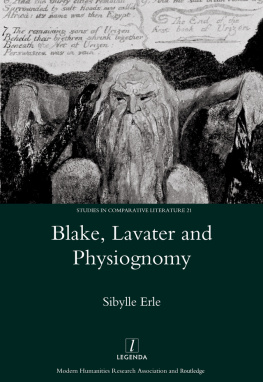
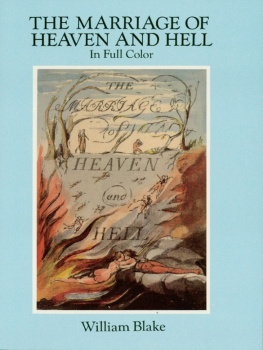
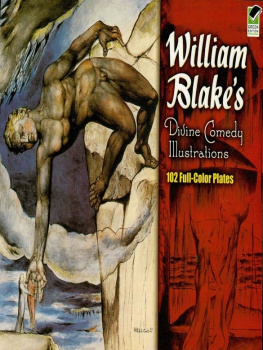

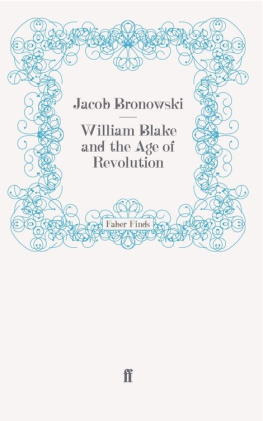
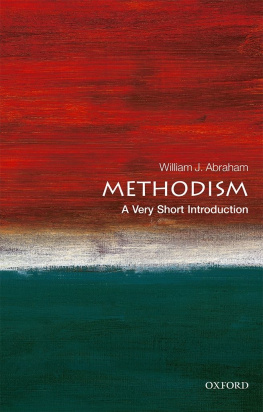
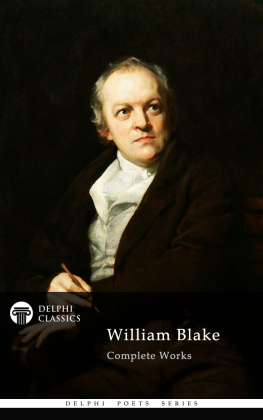

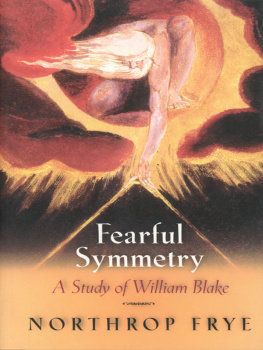
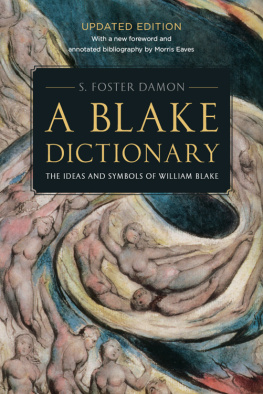
 The paper used in this publication meets the minimum requirements of American National Standard for Information Sciences Permanence of Paper for Printed Library Materials, ANSI/NISO Z39.48-1992.
The paper used in this publication meets the minimum requirements of American National Standard for Information Sciences Permanence of Paper for Printed Library Materials, ANSI/NISO Z39.48-1992.